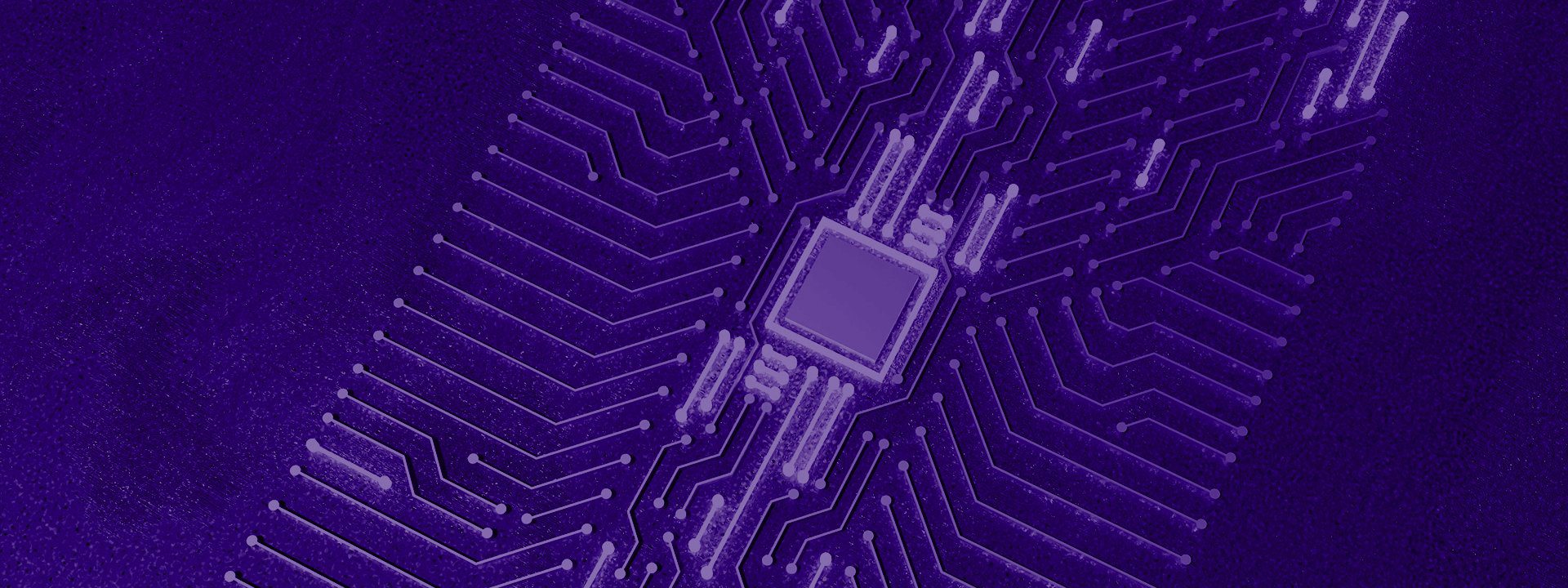The Good and Bad of CTV
Read time: 5 minutesLucius Dennis

The programmatic ecosystem is evolving, and quickly: from the rise of connected TV (CTV) and SSAI to in-game advertising and streaming audio, advertisers and their partners are managing new ways to reach their audiences and an increasingly divided budget.
CTV—itself not an especially old content vehicle, but still more established than some other emerging channels—is starting to find its footing from a digital advertising perspective. New over-the-top (OTT) advertising opportunities have arrived (we see you, Netflix), and content providers are locked in a permanent race for prestige properties.
It’s a perfect situation for advertisers: new and expanding inventory on high-profile channels, growing faith in the systems that underpin and protect those channels, and water-cooler properties to latch onto.
But what’s good for the goose is also good for the proverbial gander, and fraudsters will be eyeing these same developments in CTV/OTT advertising with eagerness. The ICEBUCKET and PARETO schemes of the last few years show the appeal CTV’s higher CPMs hold for cybercriminals, and those schemes’ sophistication shows just how far a fraudster will go to slice off a piece of the pie.
HUMAN recently conducted a survey with TripleLift to ask CTV advertising buyers what they thought about the ecosystem and its ability to protect them from fraud. The results shed some light on buyers’ concerns, identifying where there’s room for improvement.
The Good
Let’s start with the good news, and there was plenty of it:
- The vast majority of survey respondents said their advertising partners had anti-fraud solutions in place. A whopping 73% of respondents across all buying teams said their partners were taking this necessary step to protect budgets and campaign performance.
- On average, buyers were concerned—but not panicked—about fraud on CTV platforms. On a scale of 1-10, with 10 being “extremely concerned”, buyers averaged a 6.92 on their level of concern over fraud on CTV. This may seem high, but think of it this way: if fraud on these platforms were merely the “cost of doing business”, would buyers share any concerns at all? This concern suggests buyers are paying attention to CTV campaign performance metrics and searching for the best possible partners and placements.
- Industry working groups were widely perceived as an effective tool to combat fraud. 70% of respondents rated groups like the Human Collective as either somewhat effective or very effective in their efforts to circle the wagons and protect the ecosystem.
Taken together, these findings demonstrate that buyers care deeply about the performance of their CTV campaigns and are willing to ensure partners throughout the supply chain are similarly inclined. As newer channels like in-game advertising and streaming audio continue to grow, these sorts of commitments will be crucial to build safe environments for the advertisers that power the internet.
The Bad
On the flip side, however, there were some findings that suggest some gaps that need to be closed:
- Buyers were widely polarized on the importance of fraud prevention in choosing partners. When asked to rate how important fraud prevention was in selecting advertising technology partners, 49% of respondents said it was largely unimportant to them. In contrast, 33% said it was extremely important.
- PMPs are perceived both as a way to avoid fraud…and as fraudulent themselves. Respondents rated buying through PMPs as the most effective single tactic to avoid fraud on CTV, but 75% of respondents also acknowledged that fraud exists on those same platforms.
- Personal data breaches were a runaway top concern for buyers. If an advertising technology partner can’t keep a company out of the headlines amid increasing scrutiny of data privacy practices, buyers will be quick to jump ship.
As Rick Holtman, HUMAN’s VP of Sales put it,“The growth of CTV in our world in terms of becoming our primary screen and the primary place where advertising dollars flow will increase. As the money moves through this supply chain, that’s where the opportunity for fraud really becomes prevalent.”
The final keyword in that quote is prevalent. Bad actors use ad fraud operations in places where they believe it will be both profitable and overlooked. If they believe the programmatic ecosystem can be that, they will use all their resources to make it exactly that; a prevalent space for ad fraud to flourish.
How To Keep It From Getting Ugly
Here’s one number that wasn’t in the survey: only 1% of cybercrimes are pursued to the level of persecution. So how do we go about making sure buyers, sellers and audiences are all protected in the CTV ecosystem? By stopping these attacks at their core and increasing the cost of doing malicious business so that the profit is not worth the attack.
At the end of the day this is a numbers game, and the good guys winning on the scoreboard means fraudsters losing at the bank. CTV is evolving, so the ways we have fought ad fraud and those who commit it in the past are not enough. We must take a modern approach and that is what HUMAN does with its modern defense strategy. Using the three pillars of network effect, visibility, and disruptions/takedowns, we protect organizations in a collective manner throughout the programmatic ecosystem.
Bad actors won’t suddenly grow a conscience and stop their malicious operations. They will keep going to the well until it runs dry. The well in this instance is your business. That is why we must stay vigilant in our efforts to protect the programmatic ecosystem from end to end. By collectively working together we can make sure things stay good, never get ugly and make sure the “C” in CTV always stands for connected.